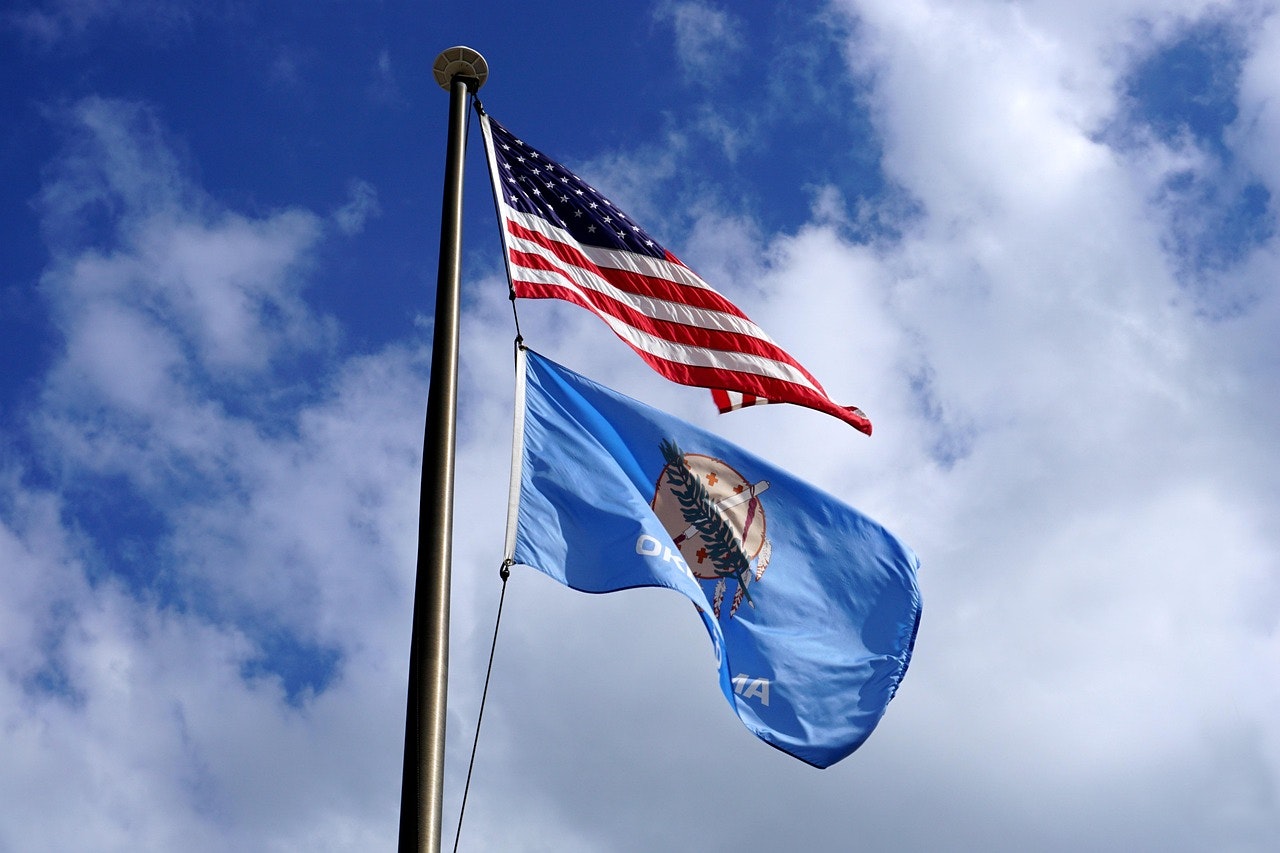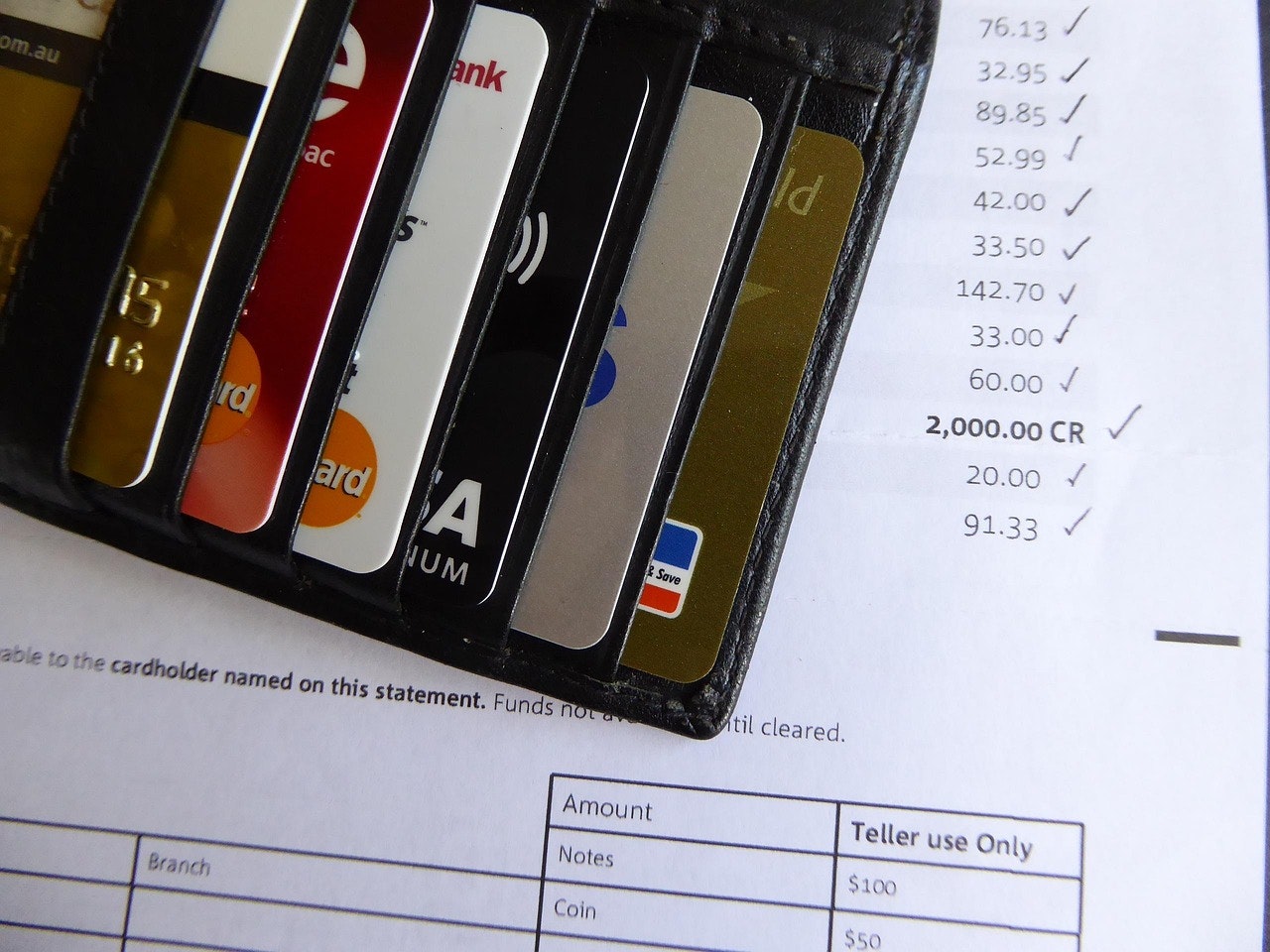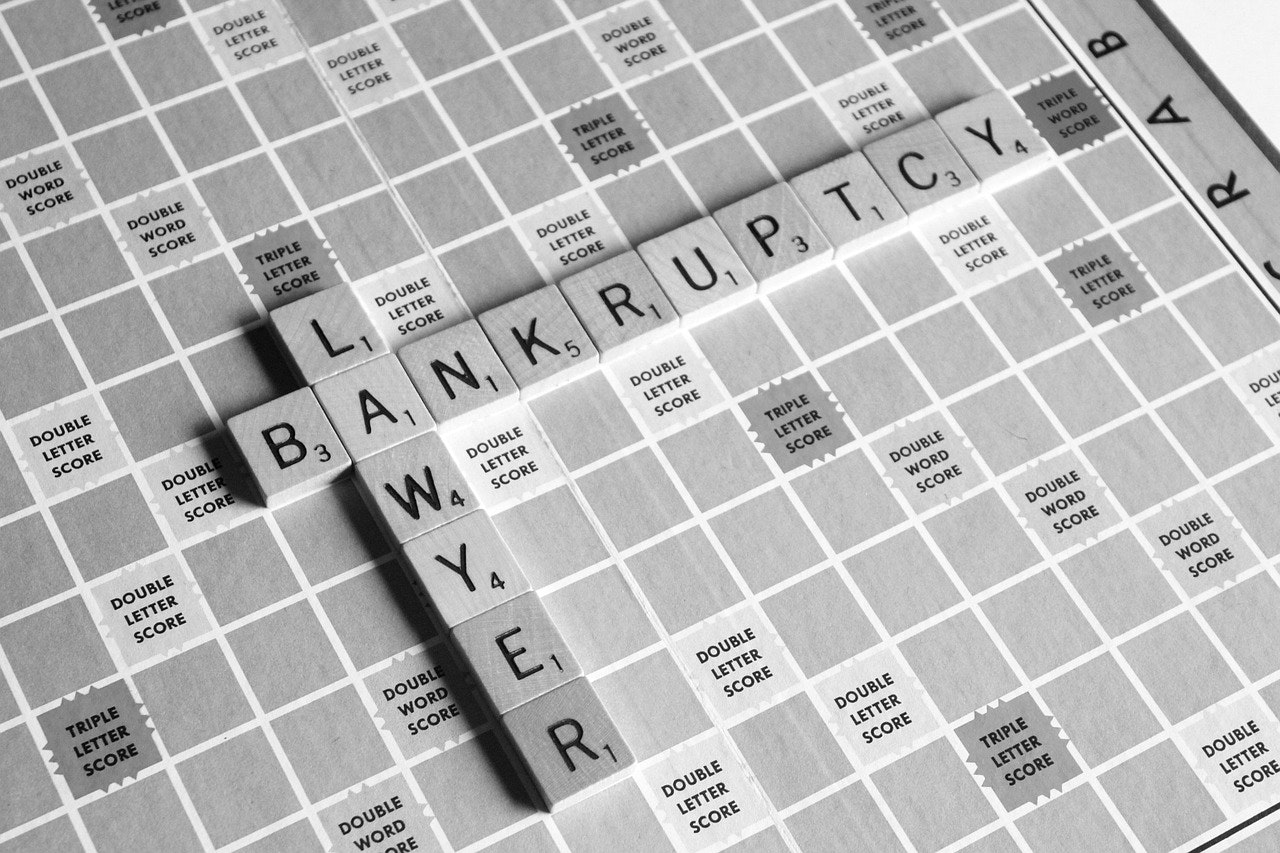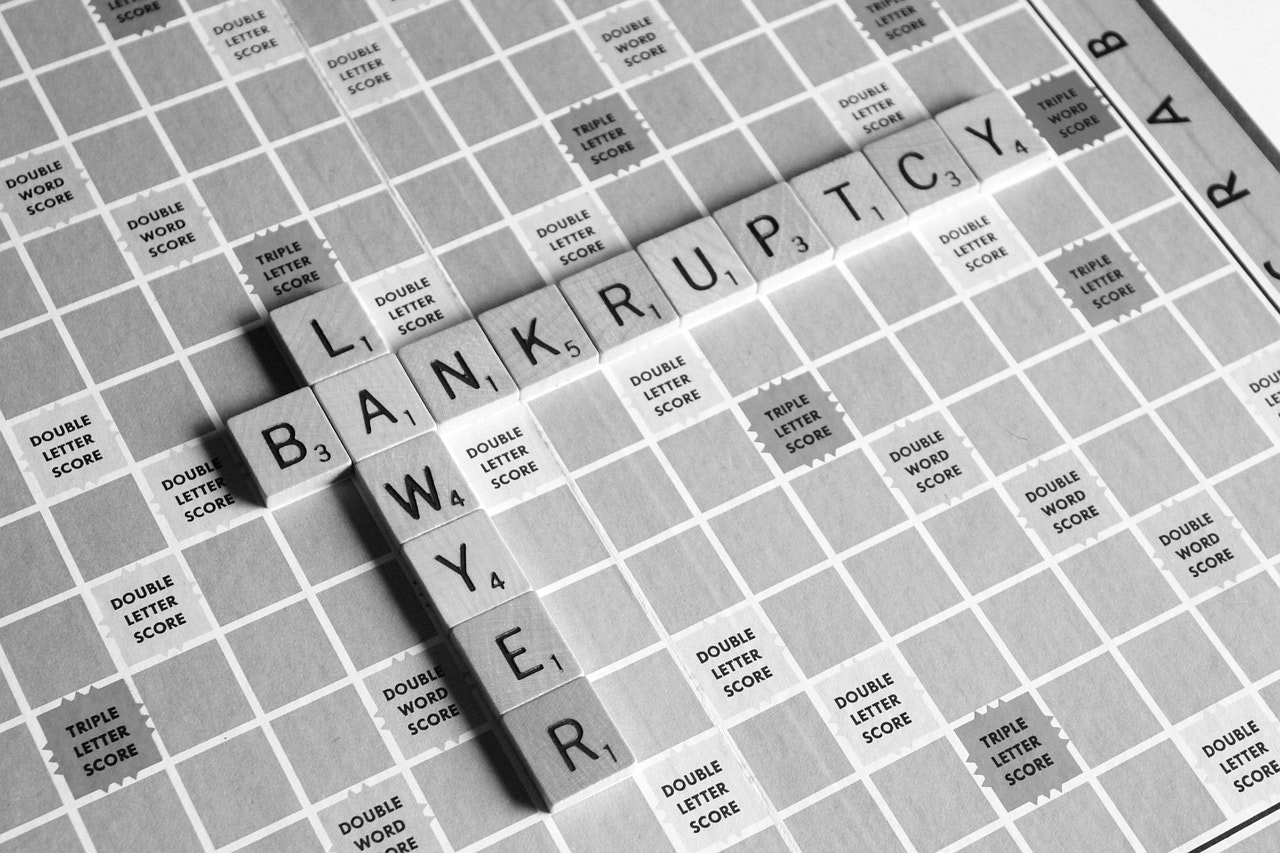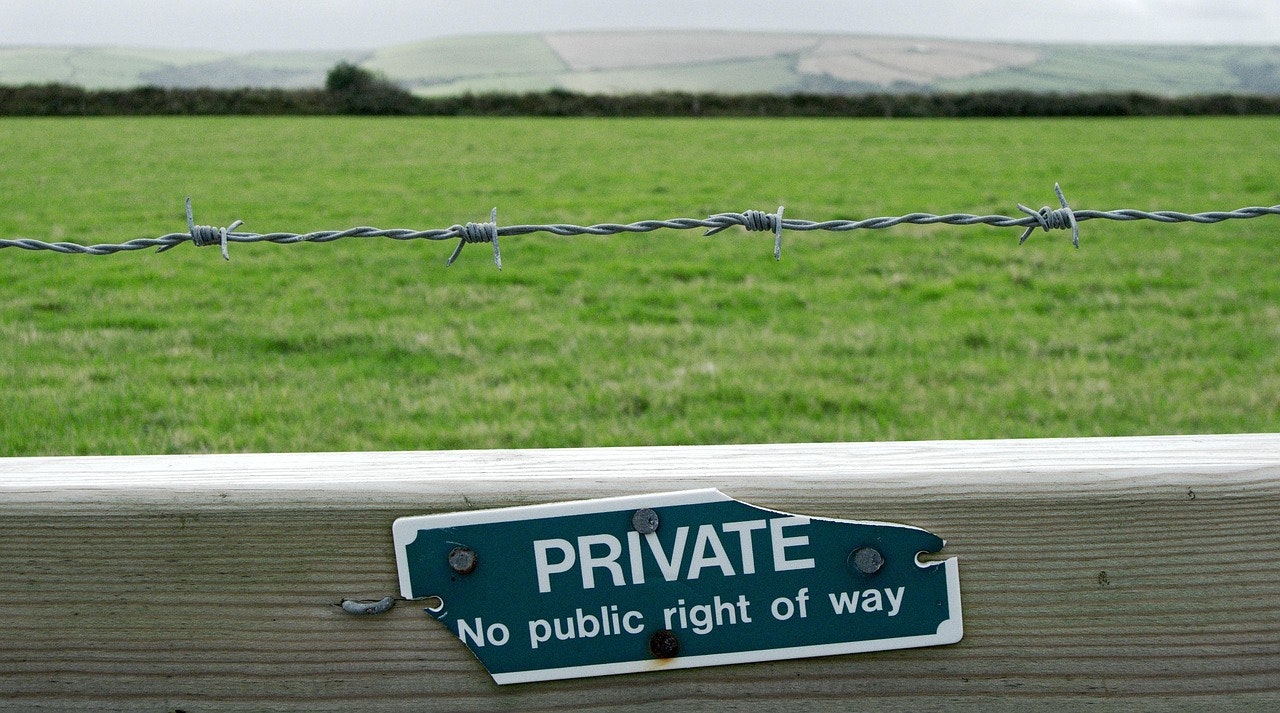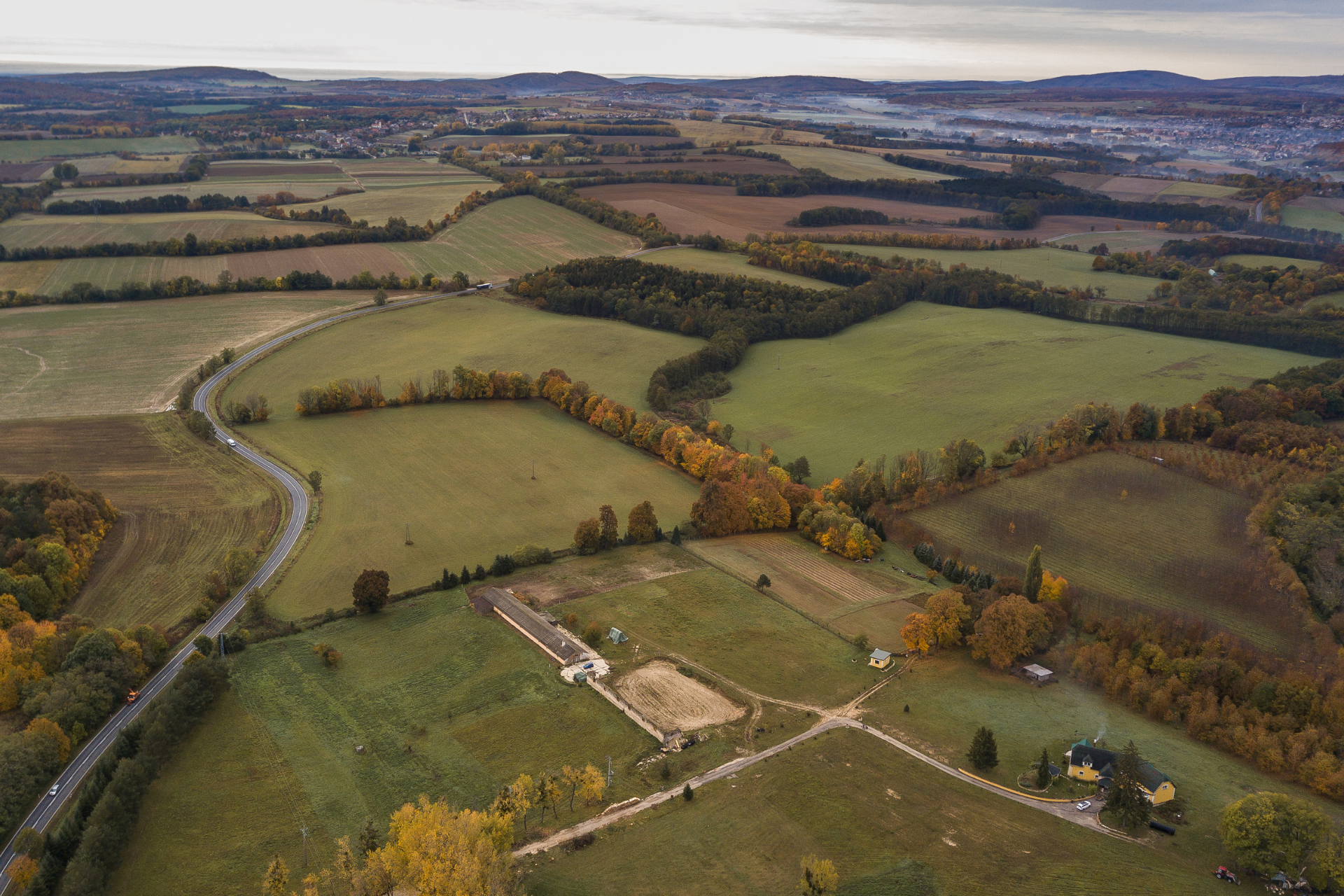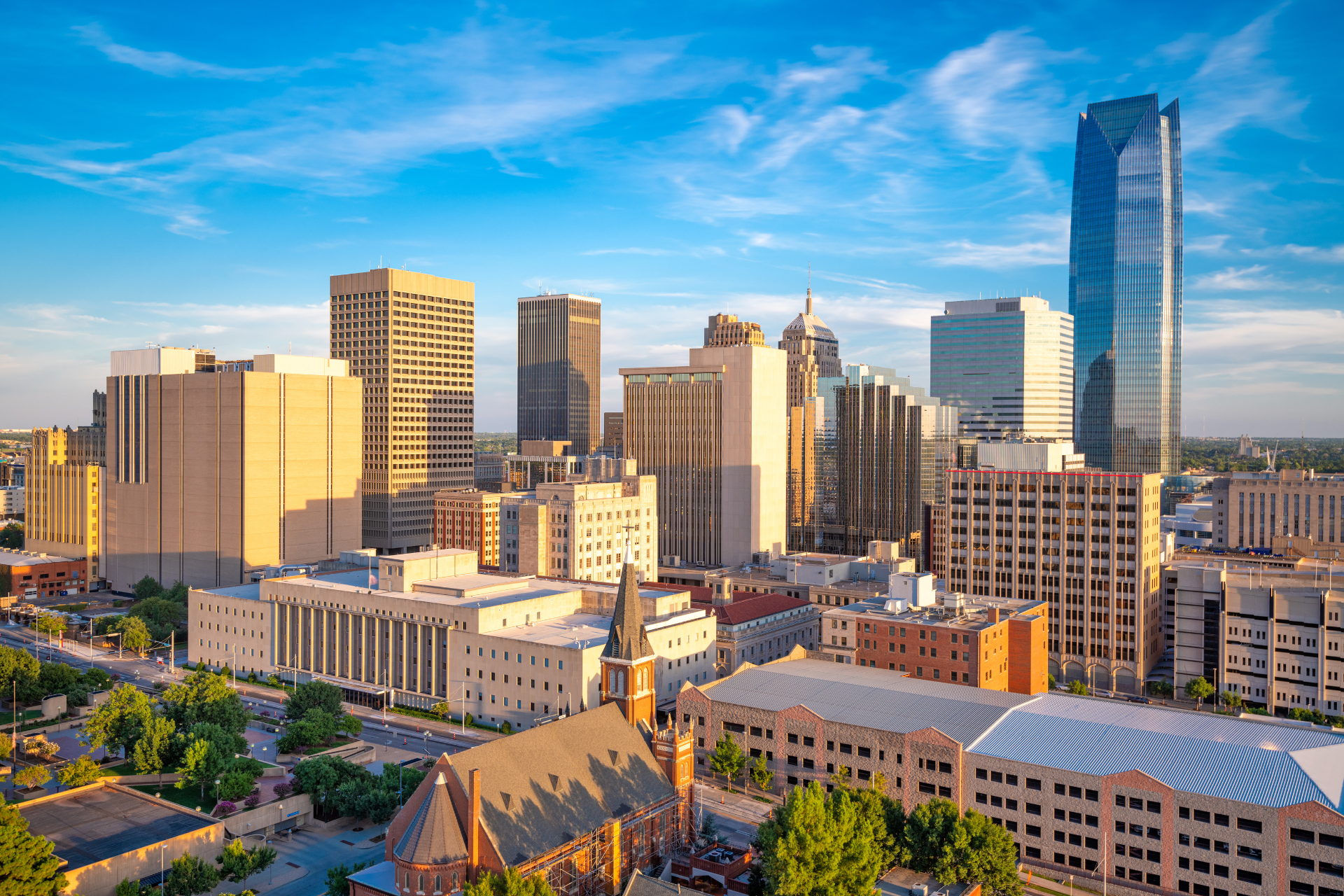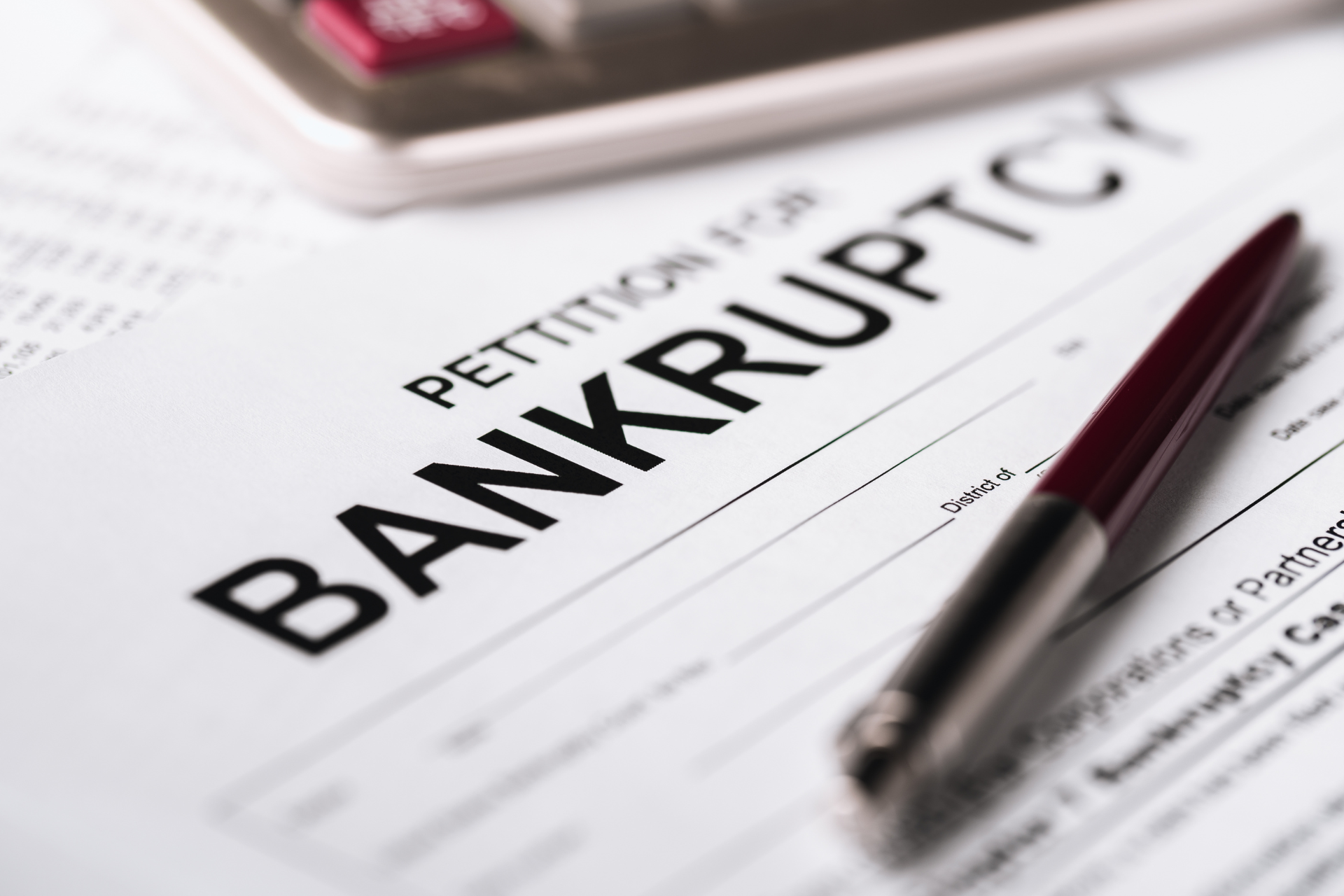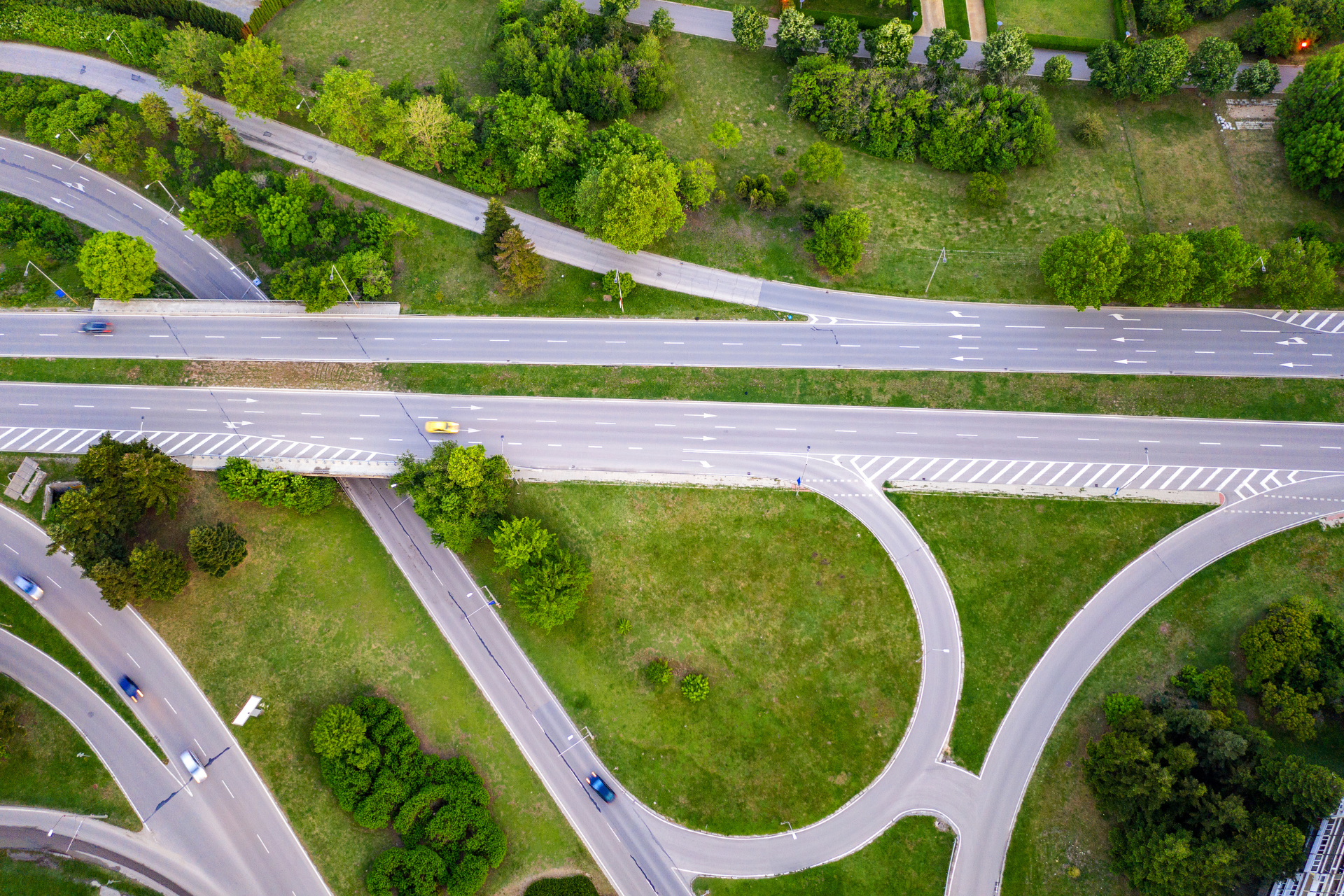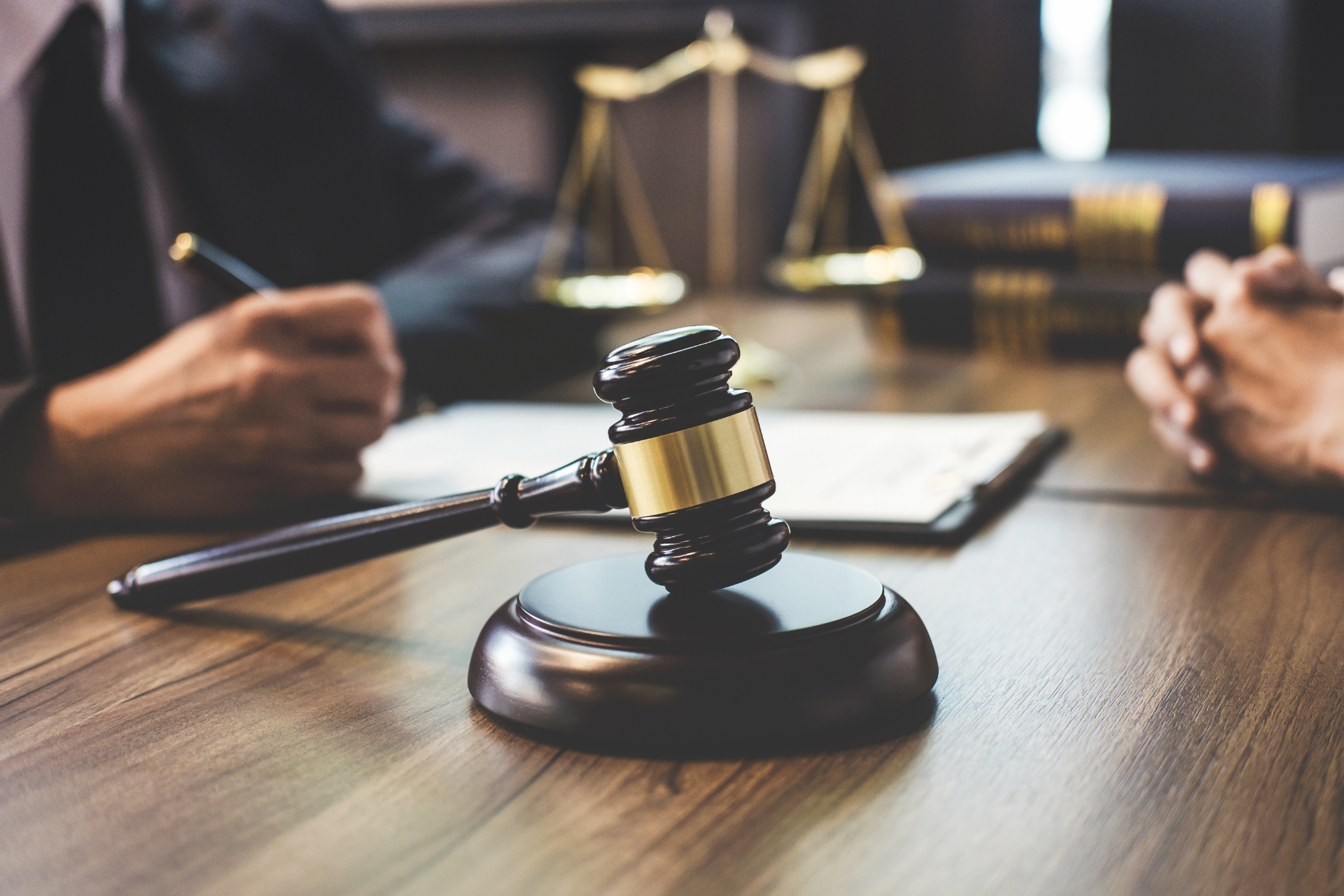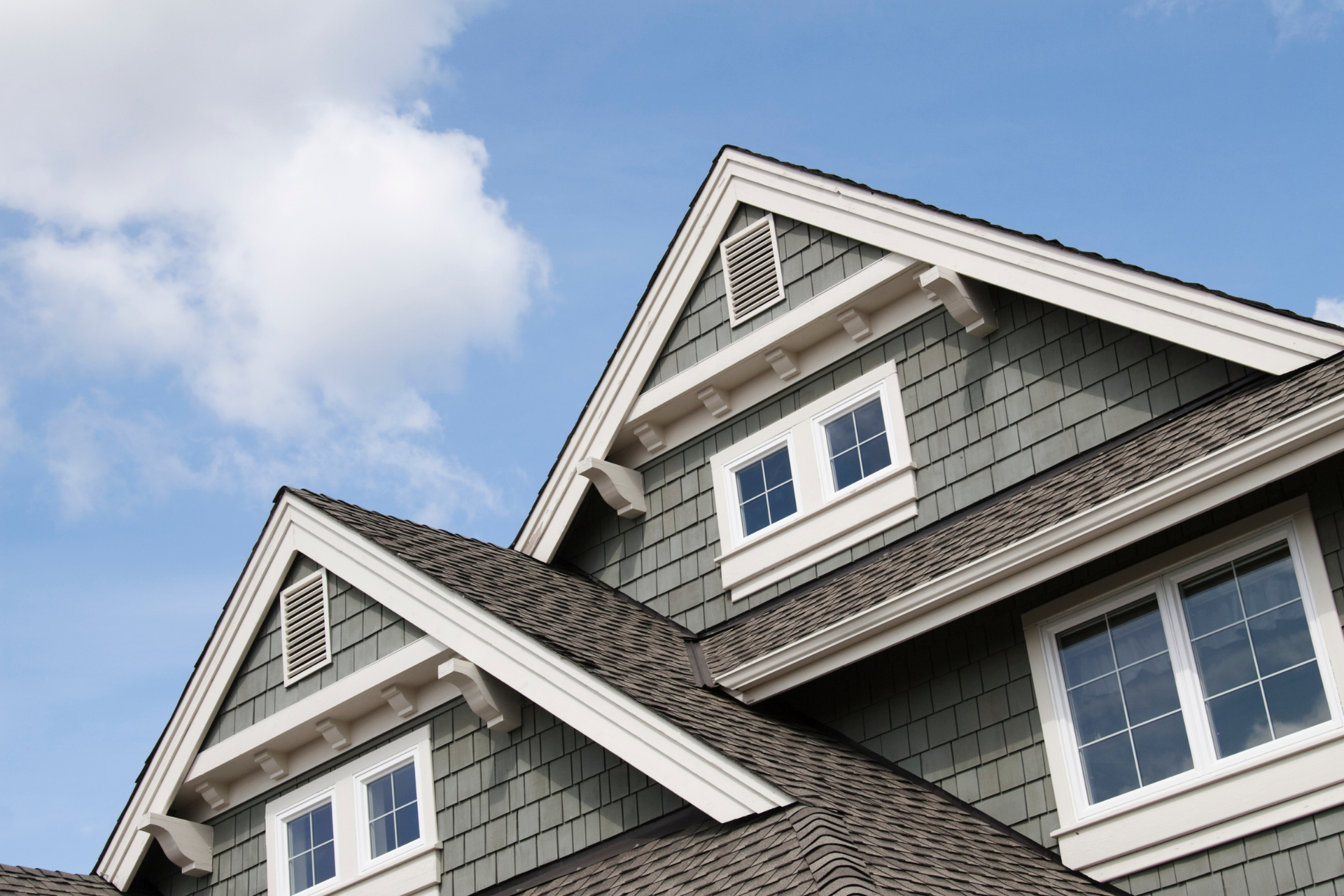Article
Understanding Bankruptcy in Oklahoma: A Guide to Chapter 7 and Chapter 13
When facing overwhelming debt, bankruptcy can offer a path to financial relief. In Oklahoma, individuals typically file for Chapter 7 bankruptcy or Chapter 13 bankruptcy, depending on their financial situation. This guide explores the key differences between these two options, their eligibility requirements, and how they impact your debt.
What is Chapter 7 Bankruptcy?
Chapter 7 bankruptcy in Oklahoma City is often referred to as "liquidation bankruptcy" because it eliminates most unsecured debts, such as credit card balances and medical bills, without requiring repayment. It is designed for individuals with limited income who cannot afford to pay back their debts.
Eligibility for Chapter 7
To qualify, you must pass the means test, which compares your income to the median income in Oklahoma. If your income is too high, you may need to consider Chapter 13 bankruptcy instead.
The Chapter 7 Process
- File a petition with the bankruptcy court.
- Automatic stay is issued, halting collections, wage garnishments, and lawsuits.
- A trustee is appointed to oversee your case.
- Certain non-exempt assets may be sold to repay creditors (most people keep all of their assets).
- In 3-6 months, most debts are discharged, giving you a fresh start.
What Debts are Discharged in Chapter 7?
- Credit card debt
- Medical bills
- Personal loans
- Utility bills
However, some debts, such as student loans, child support, alimony, and most taxes, are not discharged.
What is Chapter 13 Bankruptcy?
Chapter 13 bankruptcy in Oklahoma is known as a "reorganization bankruptcy." It allows individuals with a regular income to restructure their debts into an affordable repayment plan over 3 to 5 years. Unlike Chapter 7, you keep all your assets, including your home and car.
Eligibility for Chapter 13
- You must have a steady income to make monthly payments.
- Your secured and unsecured debts must be within certain limits set by the bankruptcy code.
The Chapter 13 Process
- File a petition with the court.
- Automatic stay stops foreclosure and creditor harassment.
- Submit a repayment plan to pay off debts over time.
- The court must approve the plan before payments begin.
- Once you complete the repayment plan, remaining eligible debts are discharged.
Benefits of Chapter 13 Bankruptcy
- Stops foreclosure and allows you to catch up on mortgage payments.
- Keeps your assets while managing debt.
- Consolidates debts into one affordable monthly payment.
- Reduces certain debts based on income and ability to repay.
Which Bankruptcy is Right for You?
| Feature | Chapter 7 Bankruptcy | Chapter 13 Bankruptcy |
|---|---|---|
| Debt Type | Unsecured debts | Secured & unsecured debts |
| Repayment Plan | No repayment required | 3 to 5 years |
| Income Requirement | Must pass the means test | Requires steady income |
| Asset Protection | Some assets may be sold | All assets are kept |
| Time to Complete | 3 to 6 months | 3 to 5 years |
If you are struggling with debt and unsure which bankruptcy option is right for you, Great Plains Legal Services is here to help.
Get Expert Legal Advice – Free Consultation!
Bankruptcy can provide the financial relief you need, but choosing the right path is essential. Contact Great Plains Legal Services today for a free consultation. Our experienced attorneys will review your case, explain your options, and help you take control of your financial future.
Call us today or fill out our online form to get started!



